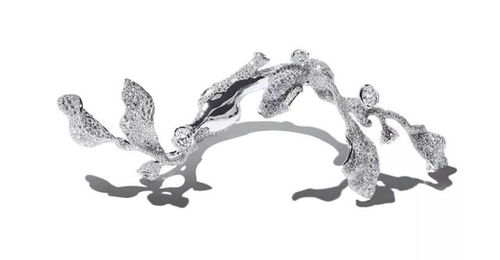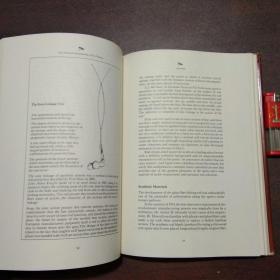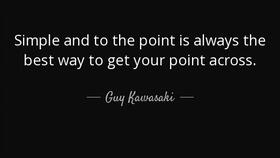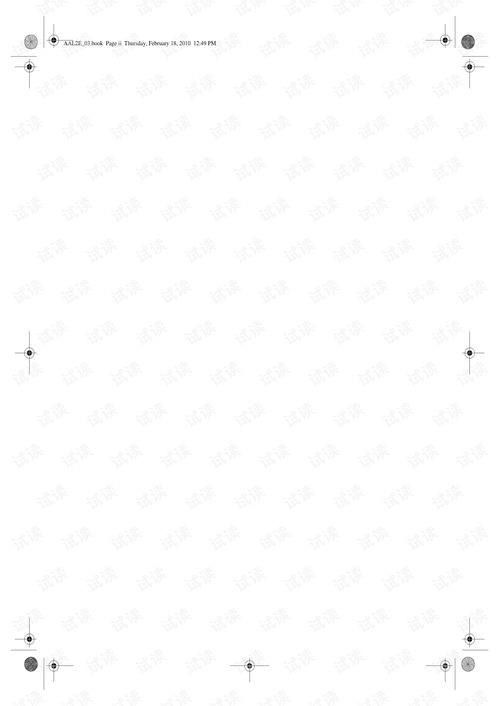Introduction:
Fishing is an ancient pastime that offers relaxation, adventure, and the thrill of the catch. For beginners, one of the most crucial skills to master is the art of tackle adjustment, specifically how to tune your fishing float or bobber. This article will delve into the basics of float adjustment, providing you with essential tips and tricks to get started on the right foot.
Understanding the Float:
Before diving into the techniques, it's important to understand the float itself. A float, also known as a bobber, is a device that helps you detect when a fish is biting by moving in the water. It consists of a hollow body filled with buoyant material, a hook attached to the line, and a weight at the bottom to keep it upright.
Selecting the Right Float:
The first step in tackle adjustment is selecting the right float for your fishing conditions. Here are a few factors to consider:
- Size: Larger floats are better for deeper water, while smaller floats are ideal for shallow waters.
- Buoyancy: The more buoyant the float, the higher it will rise in the water, making it easier to see movement.
- Visibility: Some floats are designed with bright colors or glow-in-the-dark features to enhance visibility in low-light conditions.
Tuning the Float:
Once you've selected the right float, it's time to tune it. Here's a step-by-step guide:
- Attach the Float: Thread the line through the float's hole and tie a secure knot, such as an improved clinch knot or a Palomar knot.
- Add Weight: Attach a weight to the line below the float. The weight should be enough to keep the float upright but not so heavy that it sinks the float too quickly.
- Adjust the Float: To adjust the float, you can either add or remove shot weights from the line. If the float is too close to the surface, add more weight. If it's too far below the surface, remove some weight.
- Test the Float: Once you've adjusted the float, tie a lure or hook to the line and lower it into the water. The float should remain upright and stable. If it's too unstable, adjust the weight again.
Tips for Tackle Adjustment:
- Start with Light Tackle: For beginners, it's best to start with light tackle to get a feel for the float's movement.
- Practice Patience: Tackle adjustment takes practice. Don't get discouraged if it takes a few tries to get it right.
- Keep Your Eyes on the Float: The float is your primary indicator of a bite. Keep your eyes on it at all times, even when you're not actively fishing.
- Experiment with Different Techniques: There are various techniques for adjusting the float, such as the waggler method, the paternoster rig, and the French rig. Experiment with different methods to find what works best for you.
Advanced Techniques:
Once you've mastered the basics, you can explore more advanced techniques for tackle adjustment:
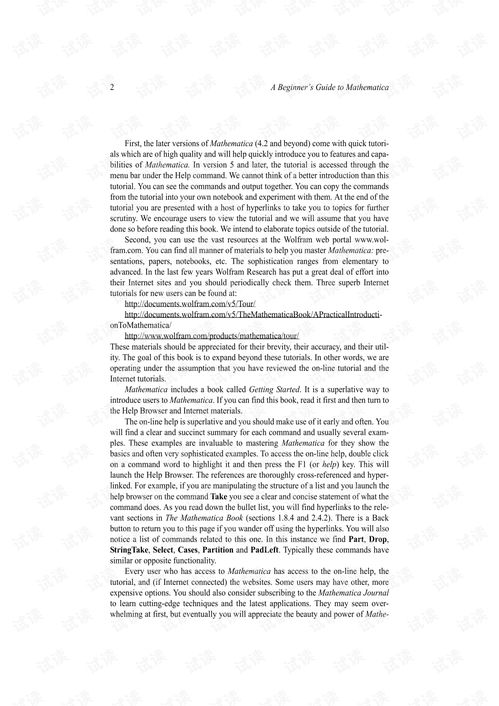
- Sensitivity Adjustment: Adjust the float so that it moves slightly with the current, which can help you detect subtle bites.
- Subsurface Fishing: For fishing in murky water or during low-light conditions, you can use a float that is partially submerged to detect bites.
- Tandem Rigging: For targeting larger fish, you can use a tandem rig with two floats, one above the other, to provide more weight and stability.
Conclusion:
Tackle adjustment is a fundamental skill for any angler, and it's one that can greatly enhance your fishing experience. By understanding the basics of float adjustment and practicing the techniques outlined in this article, you'll be well on your way to becoming a more skilled and successful fisherman. So grab your rod, tie on your float, and get ready to enjoy the great outdoors and the thrill of the catch!



